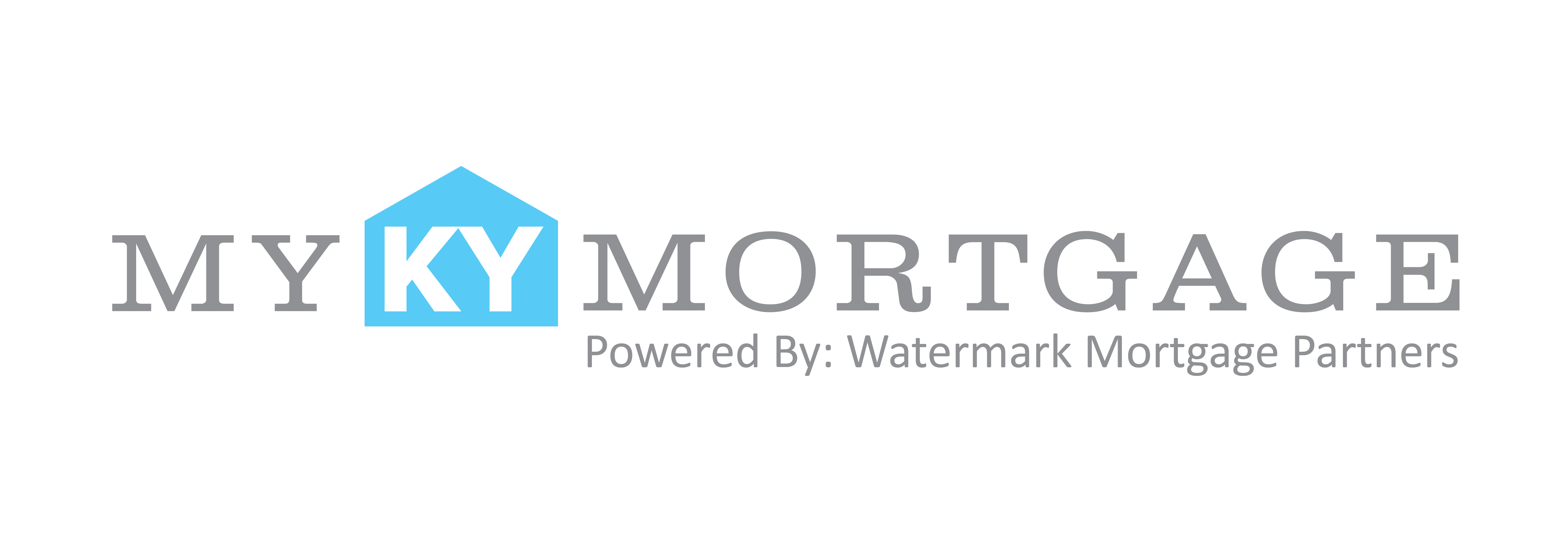When you’re nearing the end of the finish line in the journey to your new home, you don’t want anything to go wrong. That’s why realtor.com compiled a home closing checklist that outlines everything you should do in the days leading up to a settlement. Here, a closing process list to keep handy so you know you’ve done everything you need to do to close the deal.
1.Square away all of the contingencies
Most purchase agreements have contingencies, which are things buyers must do before the real estate transaction is official. The most common contingencies that are part of your new home closing process include:
Home inspection: This gives buyers the right to have the home professionally inspected. If something is wrong, you can request that it be fixed—or you can back out of the sale. It’s rarely advisable to waive an inspection contingency.
Although the average home inspection costs $300 to $500, that’s a mere drop in the bucket compared with the costly home issues you might uncover down the road.
Appraisal: A third party hired by your mortgage lender evaluates the fair market value of the home with this contingency. If the appraised value is less than the sale price, the contingency enables you to back out of the deal without forfeiting your earnest money deposit.
Financing: This contingency gives you the right to back out of the deal if your mortgage approval falls through. You have a specified time, as stated in the sales contract, during which you have to obtain a loan that will cover the mortgage.
2. Clear the title
Upon buying a home, you “take title” to the property and establish legal ownership—a process that’s confirmed by local public land records. As part of the closing process, your mortgage lender will require a title search, and you’ll need to purchase title insurance to protect yourself from legal claims to the house.
Sometimes distant relatives or an ex-spouse may surface with a claim that they actually own the home and that the seller had no right to sell it to you in the first place. Clearing the title will ensure this doesn’t happen. As the home buyer, you’re entitled to choose the title company.
3. Get final mortgage approval
You’ve made the down payment, but before you can sit at the closing table, your home loan has to go through the underwriting process. Underwriters are like real estate detectives; it’s their job to make sure you’ve represented yourself and your finances truthfully, and that you haven’t made any false or misleading claims on your loan application.
The underwriter—employed by your mortgage company—will check your credit score, review your home appraisal and ensure that your financial portfolio has stayed the same since you were pre-approved for the loan.
Since underwriting typically happens shortly before closing, you don’t want to do anything while you’re in a contract that’s going to harm your credit score, including making a down payment on a car, boat or similar large purchase that has to be financed.
4. Review your closing disclosure
If you’re applying for a loan, one of the best ways to prepare is to thoroughly review your closing disclosure (also known as a HUD-1 settlement statement).
This official document outlines your exact mortgage payments, the loan’s terms (including the interest rate and duration) and additional fees you’ll pay, called closing costs (which account for anywhere from 2 percent to 7 percent of your home’s price.
Be sure to compare your closing disclosure with the loan estimate your lender gave you at the outset, and if you spot any discrepancies, ask your lender to explain them.
5. Do a final walk-through
Most sales contracts allow buyers to conduct a walk-through of the property within 24 hours before closing. During this stage, you’re making sure the previous owner has vacated (unless you’ve allowed a rent-back arrangement that allows them to remain for a certain amount of time before moving). You’re also double-checking that the home is in the condition agreed upon in the contract. If your home inspection revealed problems that the sellers agreed to fix, you’ll want to be sure those repairs were made.
6. Bring the necessary documentation to closing
Make sure you have the following items when you head to the closing table:
• Proof of homeowner’s insurance
• A copy of your contract with the seller
• Your home inspection reports
• Any paperwork the bank required to approve your loan
• A government-issued photo ID (note to newlyweds who just changed their name: The ID needs to match the name that will appear on the property’s title and mortgage)



